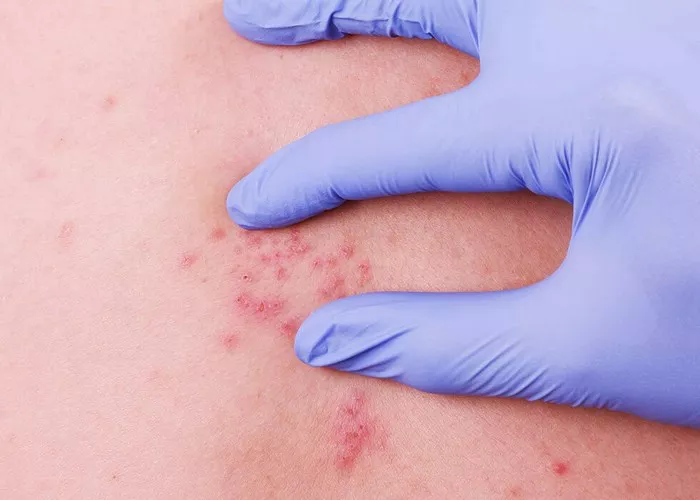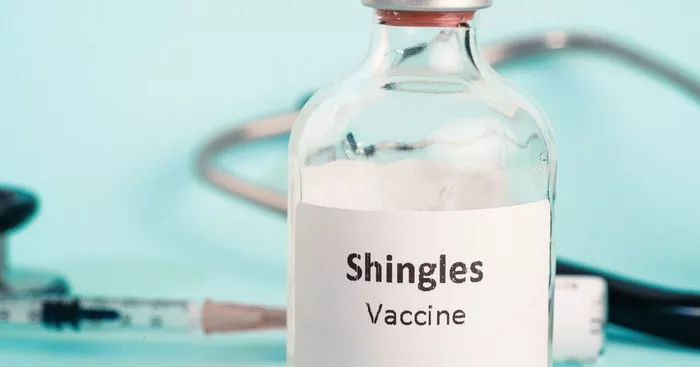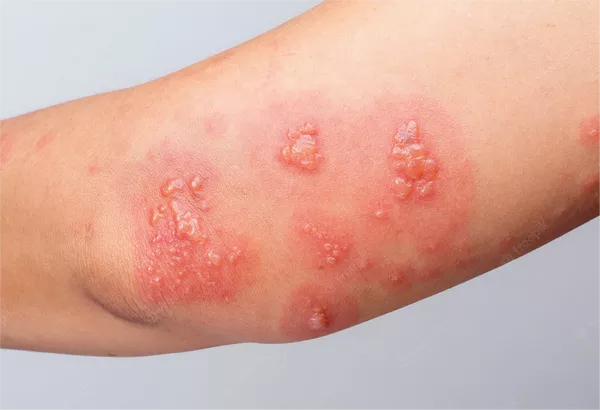Postherpetic complications, including neuralgia, can be managed through a combination of pharmacological treatment, physical therapy, nerve blocks, psychological interventions, and traditional Chinese medicine. These complications are typically caused by viral nerve damage, persistent inflammation, abnormal nerve repair, immune disturbances, and psychological factors.
Pharmacological Treatment
Commonly used medications for postherpetic neuralgia include anticonvulsants like gabapentin and pregabalin, tricyclic antidepressants such as amitriptyline, and topical lidocaine patches. For severe pain, short-term use of opioid analgesics like tramadol may be necessary. Medication dosages should be adjusted under medical supervision to avoid self-discontinuation or dosage changes.
Physical Therapy
Transcutaneous electrical nerve stimulation (TENS) uses low-frequency currents to block pain signals, while infrared irradiation promotes local blood circulation. Shortwave therapy can reduce nerve root edema, and ultrasound therapy aids in repairing damaged nerve myelin. Physical therapy sessions 2-3 times per week for 4-6 weeks can yield noticeable improvements.
Nerve Blocks
For refractory pain, epidural or stellate ganglion blocks can be administered, injecting anesthetics and corticosteroids directly around the nerves. Pulsed radiofrequency treatment modulates nerve activity through temperature control. Interventional treatments should be assessed and implemented by pain specialists, typically requiring 2-3 sessions.
Psychological Interventions
Chronic pain often leads to anxiety and depression. Cognitive-behavioral therapy can challenge and change maladaptive pain beliefs. Mindfulness-based stress reduction helps patients accept pain sensations, and biofeedback therapy regulates autonomic nervous system functions. Support groups can reduce feelings of stigma and improve social functioning.
Traditional Chinese Medicine
Acupuncture targets specific points like Jiaji and Ashi points to unblock meridians, while cupping therapy removes damp-heat from the body. Herbal decoctions such as Longdan Xiegan Tang clear residual toxins, and Chuanxiong Cha Tiao San promotes blood circulation. Moxibustion on points like Zusanli can boost immunity, with continuous treatment recommended for over three months.
General Management Tips
Keep the affected skin clean and dry, wear loose cotton clothing to minimize friction, and consume a diet rich in vitamin B complex and high-quality protein while avoiding spicy foods. Engage in gentle exercises like Baduanjin or Tai Chi, ensure adequate sleep, and maintain a pain diary to track symptom changes. Smoking cessation and alcohol limitation support nerve repair, and avoiding overexertion can prevent pain exacerbation. Seek prompt medical review if new rashes appear or pain characteristics change.
Conclusion
Managing postherpetic complications requires a multifaceted approach. By combining medical treatments, physical therapies, psychological support, and traditional medicine, patients can effectively alleviate symptoms and improve their quality of life.
Related topics:


























